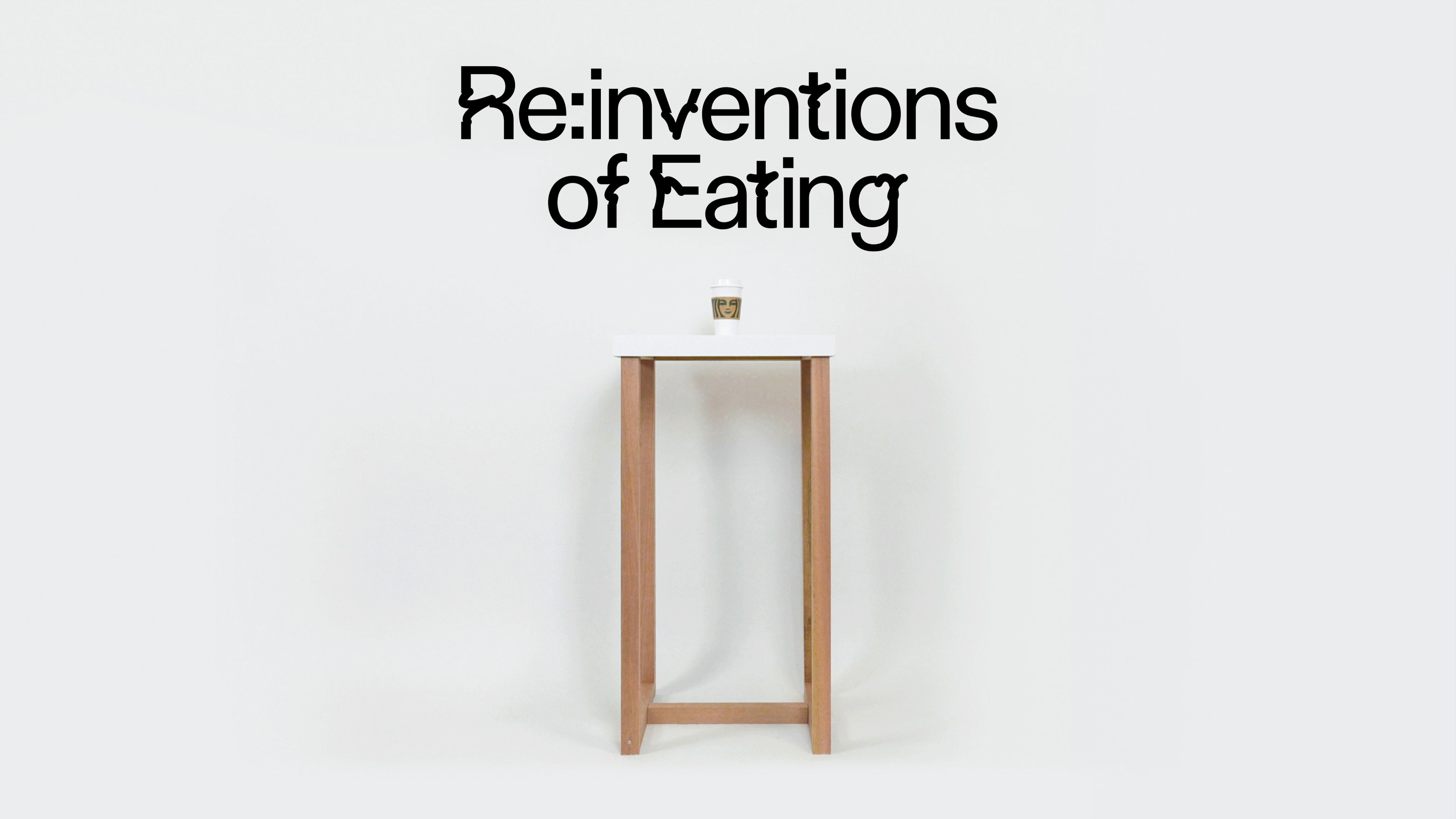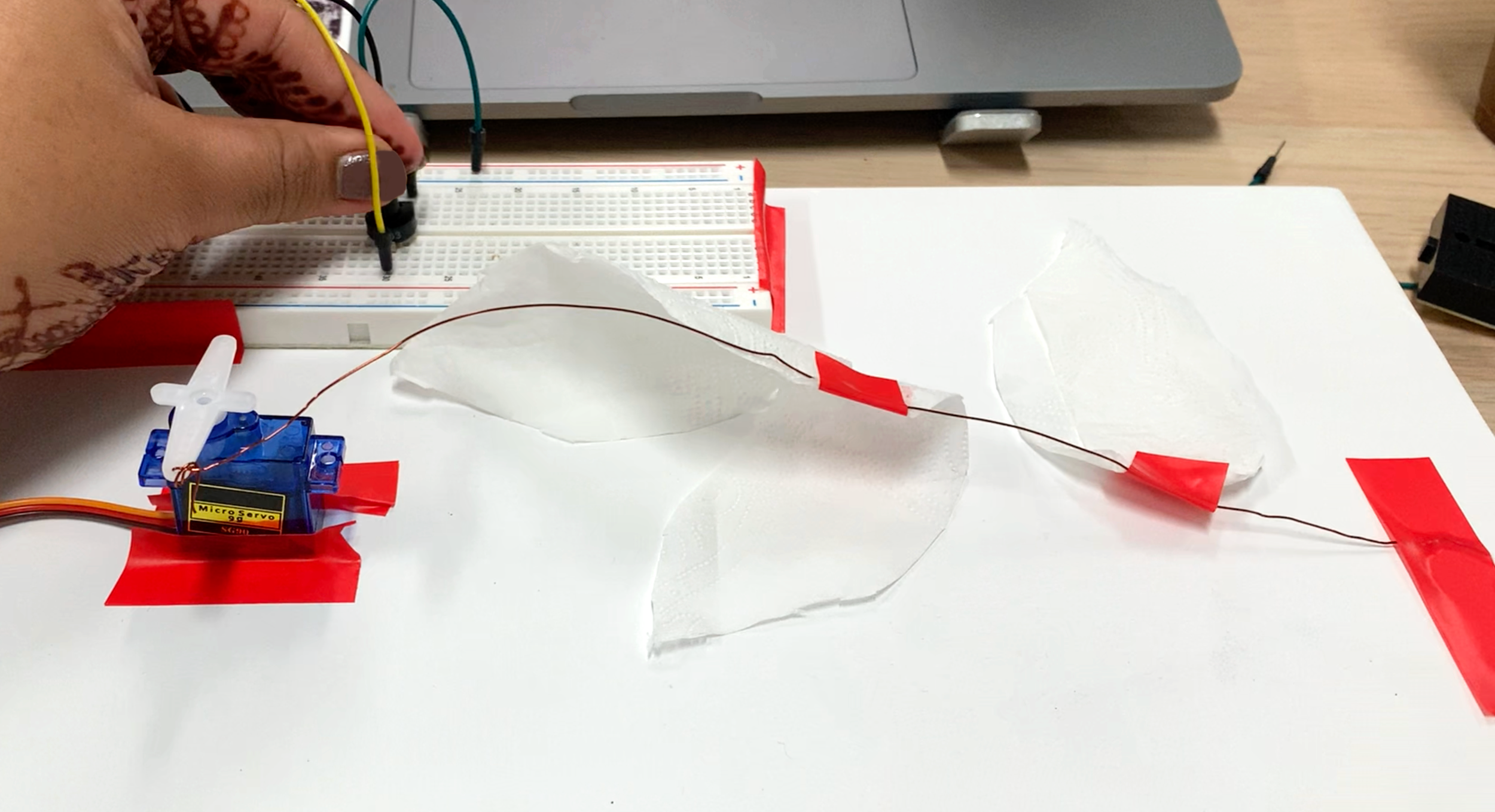TOUGH QUESTIONS
During this week’s dissertation, we looked at one of three references that Andreas provided to us. Our group, Matin, Rachel, Aimee and me chose Lim Zeherng’s dissertation. He looks into design friction as a tactic to encourage mindful eating and uses an ‘action reaction’ methodology, which is quite similar to our critical journal framework.

I really liked how he focused on the conceptual nature of design friction and its dynamics within the context of mindful eating. I think about my project in parallel, where the focus would remain on Living Media Interfaces. I also liked that while he did not have a very specific target audience, he did isolate a focus group from the very beginning that he continued user testing on.
He describes the focus group as 20-25 year olds Singaporean youth, which is just code language for ‘studio friends’, which is still okay because, you know, everyone eats food and should practice mindful eating! In my case, I have no clue whatsoever who my target audience will be. Everyone? People from Bengaluru? But then I don’t have immediate access to them.
That's the thing: do I need a target audience? Pre-existing Living Media interface-related projects don't really seem to have one.
Plant Movement
According to Micheal Wilberg's definitions of the dynamics of interaction, careful consideration of 'change of state' and 'speed of change' help establish a successful interaction. I decided to look into producing immediate physical responses by the plant when touched.


Morally, the interaction feels wrong. It is quite aggressive and jarring, and even though it may not actually harm the plant, it makes for a negative experience on both ends.